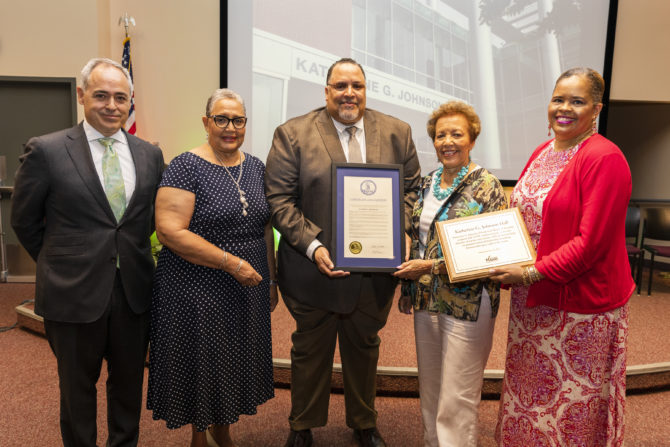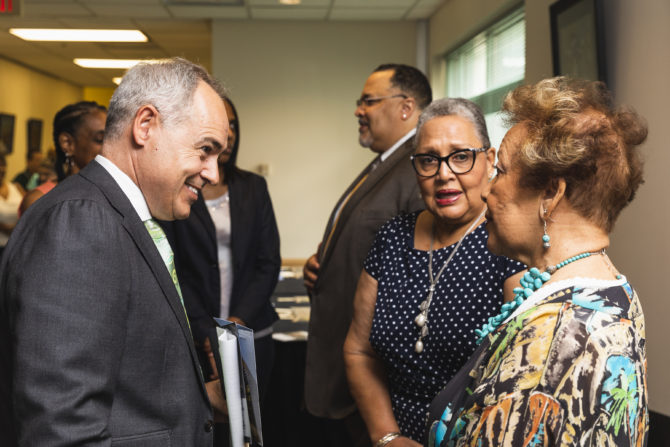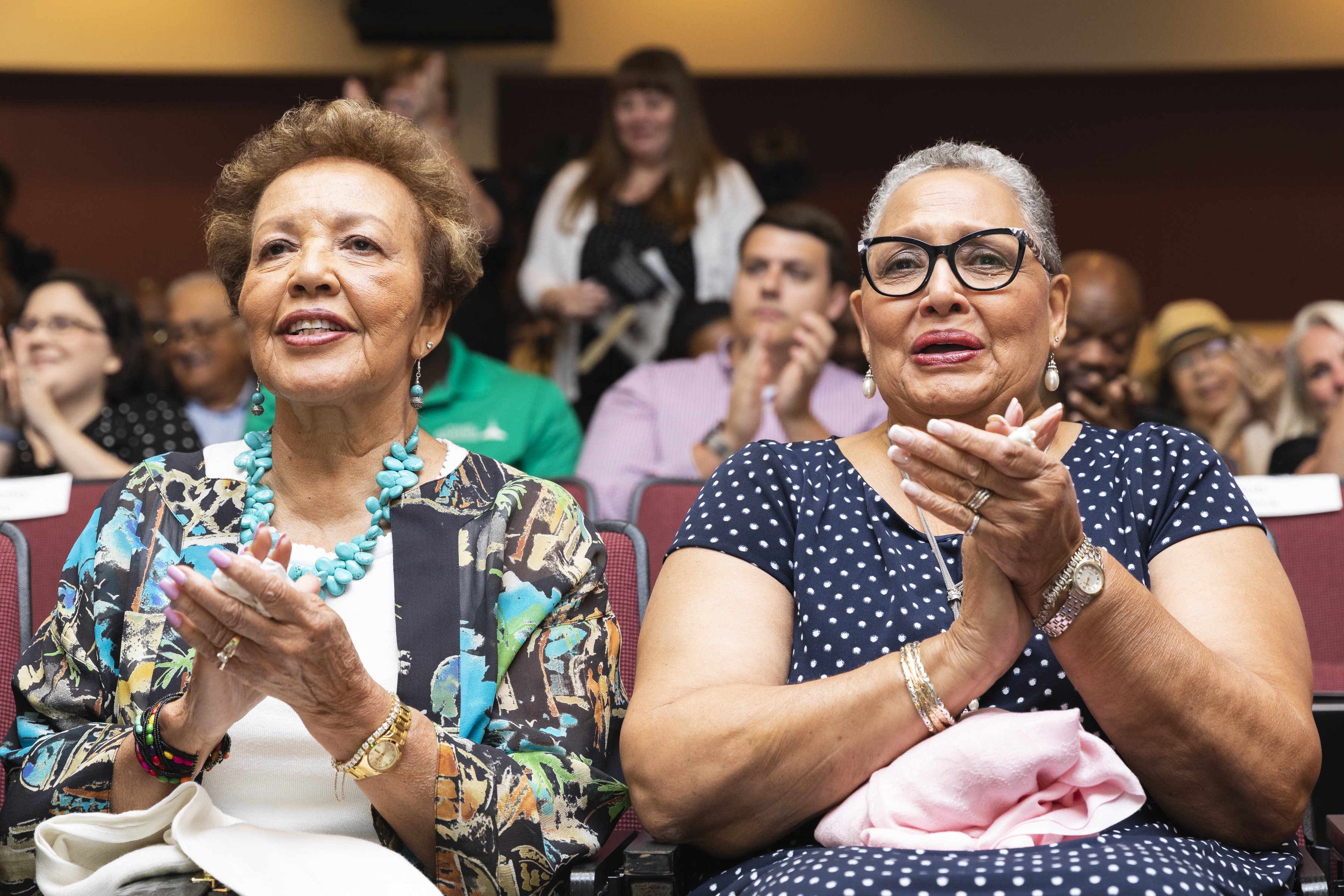
When it comes to building and sustaining an organizational culture, symbols matter a great deal. Given the importance we attach to diversity and inclusion at Mason, it is essential that we critically examine how well the symbols on our campuses align with the culture we aspire to have.
People who know Mason will immediately describe us as a diverse community where people of all backgrounds can grow and thrive. We have been listed by U.S. News & World Report as one of the most diverse universities in the nation and the most diverse in Virginia. And we are proud of the exceptional graduation rates of our minority students and the minimal gaps in graduation rates among ethnic groups.
Precisely because we treasure our diversity as a strength of our educational model and because we aspire to be an example of an inclusive community, it is important that we intentionally reflect those values on our most visible symbols, beginning with the names on our buildings and public spaces.
That’s why last week’s dedication of the Katherine G. Johnson Hall was so important, and why the ceremony was so incredibly inspiring and moving. The fact that this year we are celebrating the 50th anniversary of the Apollo 11 lunar landing, makes it even more fitting that we dedicate our largest science and engineering building in our SciTech campus in honor of one of those until recently unsung heroes in the fascinating journey of U.S. space exploration.
You might know Johnson’s story from the 2016 Oscar nominated film “Hidden Figures.” And what a story it is. It recounts the life of a NASA mathematician, or “human computer,” who calculated the trajectories for U.S. space launches and return paths – including for Apollo 11 – and who was critical to the early successes in U.S. space exploration. It is also the story of a Black woman who had to overcome overt sexism and racism in a predominately white, male industry and who had the courage and tenacity to develop and utilize her intellectual talent to make a difference.

My hope is that Katherine G. Johnson Hall will inspire our students, especially women and people of color who are still woefully underrepresented in engineering and computer science, to pursue their dreams despite the social norms and obstacles they may experience. As Prof. Kevin Clark mentioned during the dedication, our hope is that this name won’t be just a landmark to help us navigate our campus, but a lodestar to help us navigate our lives.
At Mason we have much work to do. In 2008, 12.4 percent of Mason students pursuing a computer science bachelor’s degree, certificate, master’s or PhD were women. Only 3 percent were minority females, and less than 1 percent were women from under-represented minority groups like Black and Hispanic. Today, 19 percent of Mason students pursuing a computer science degree are women – up 7 percent from a decade ago. Ten percent are minority females – also up 7 percent – and 3.6 percent are from under-represented groups.
Better, but not great. In Fall 2018, there were zero women from under-represented minority groups pursuing a master’s degree or PhD in computer science at Mason. We must do better. And doing so will be the best tribute we can pay to the life work of pioneers like Katherine Johnson.

